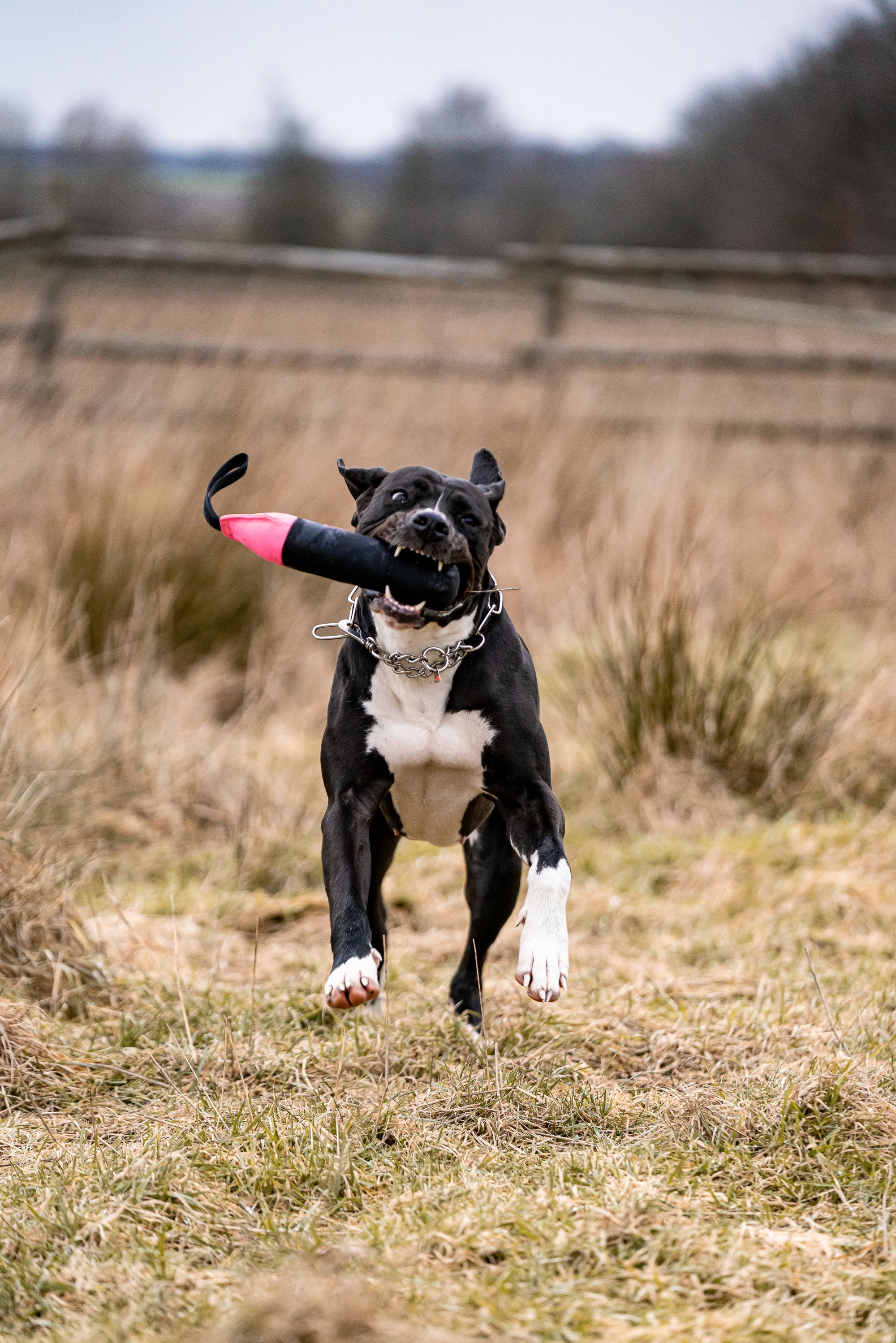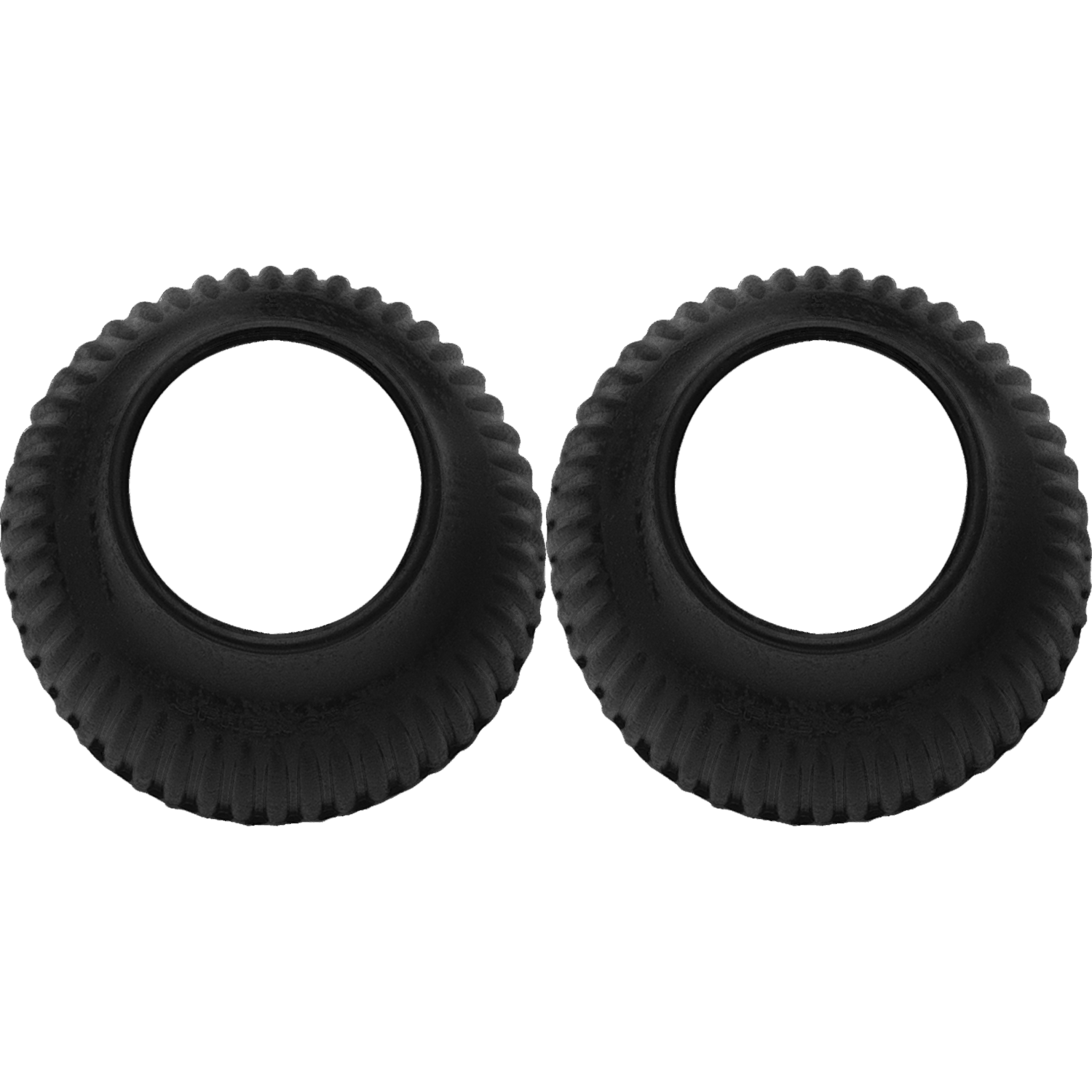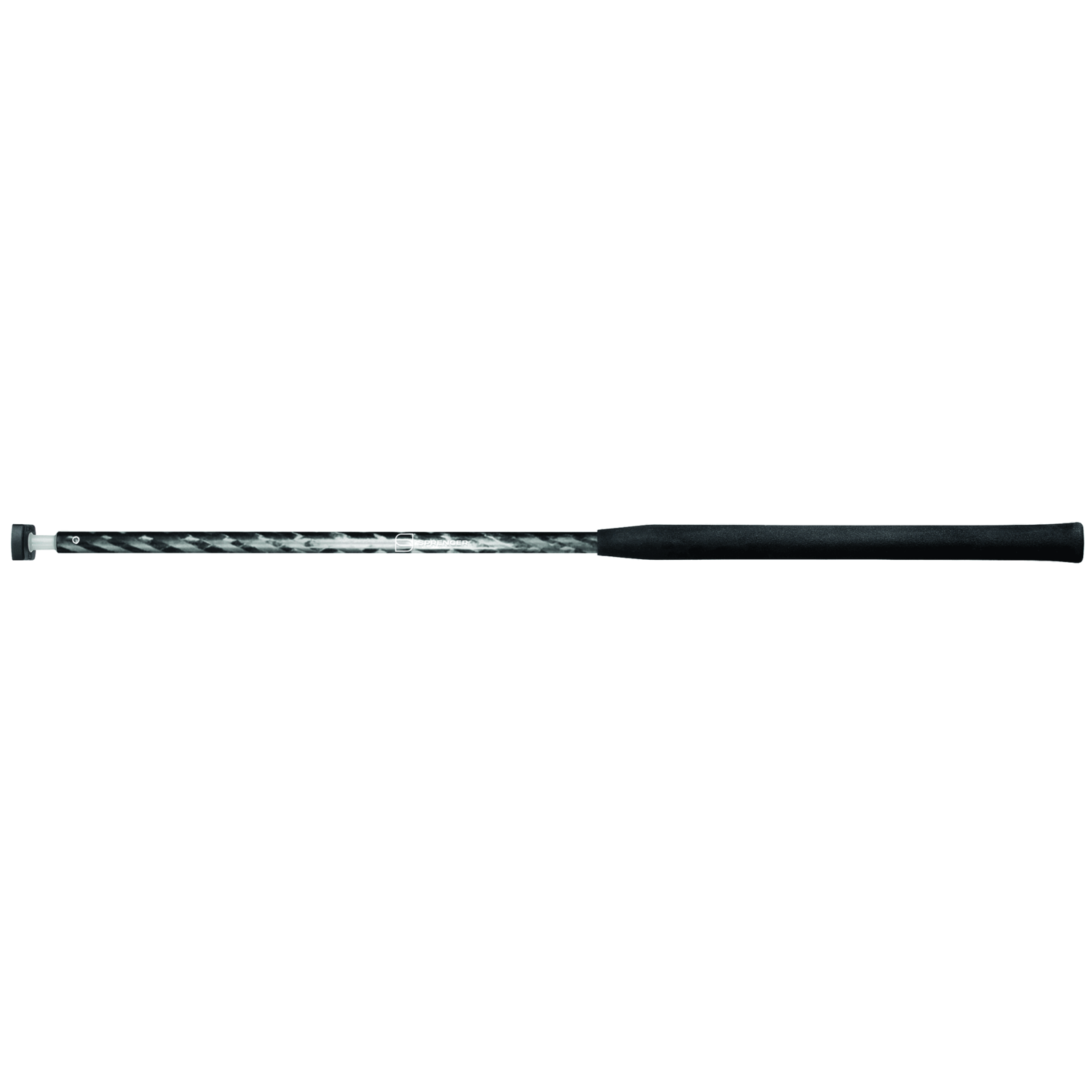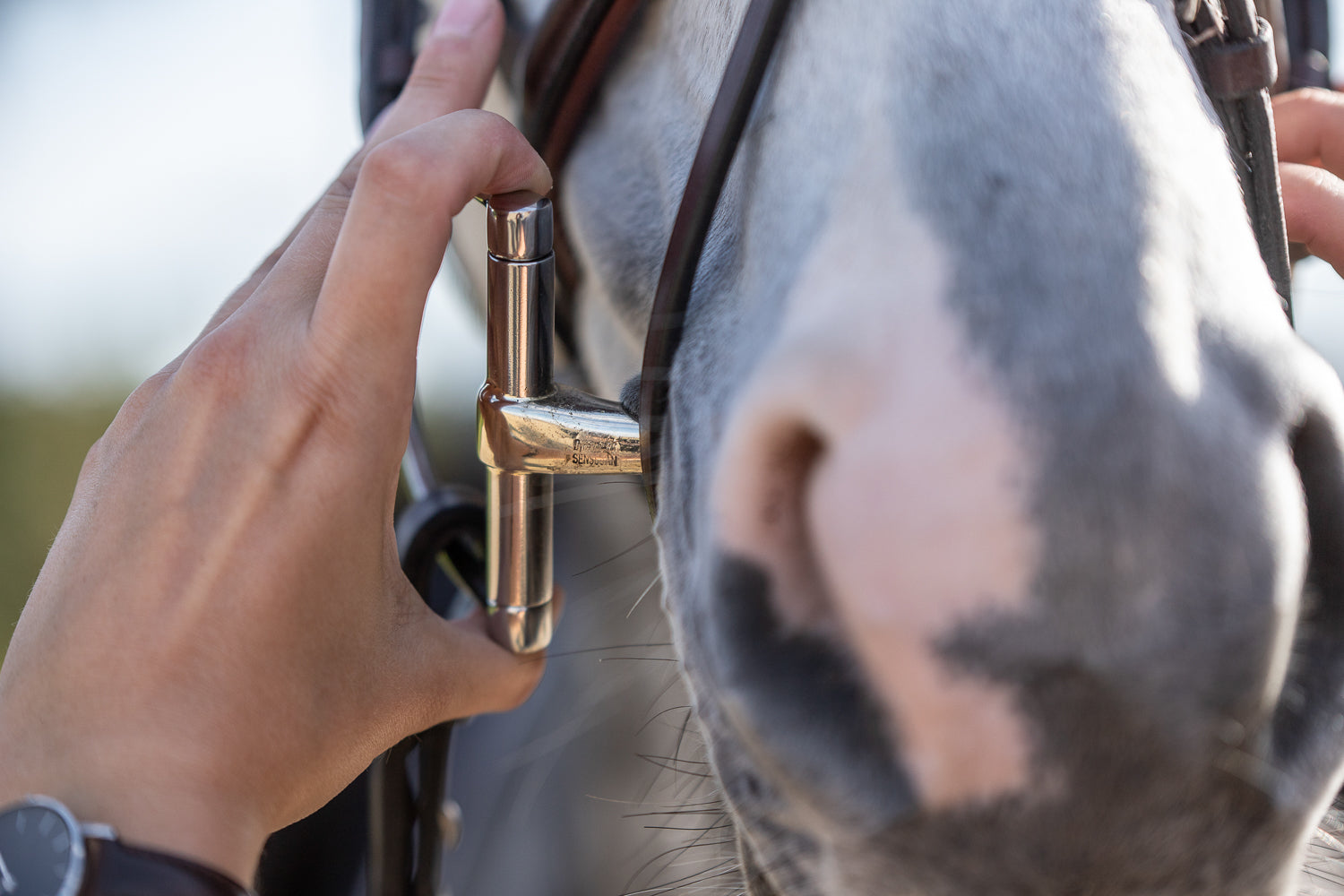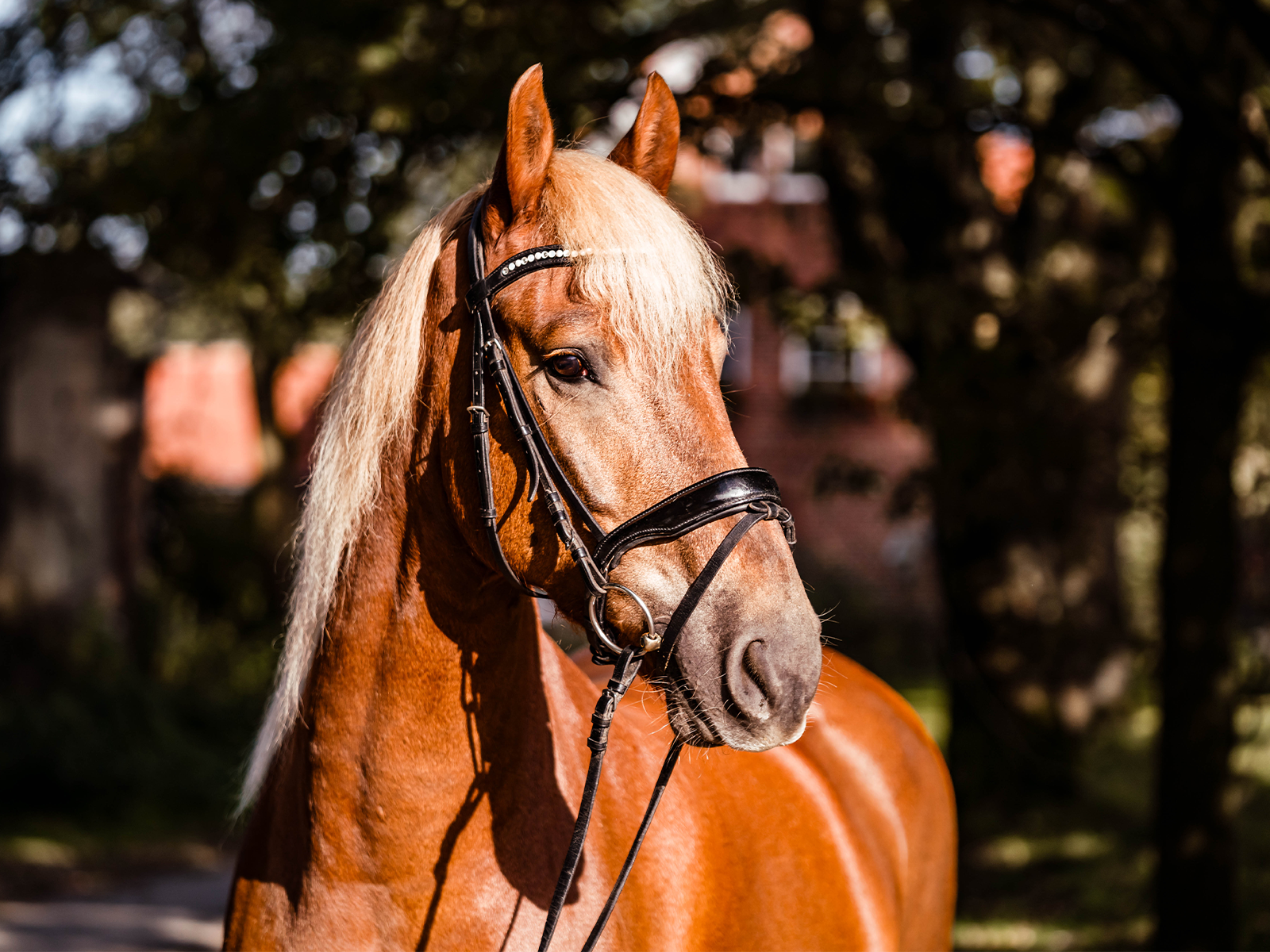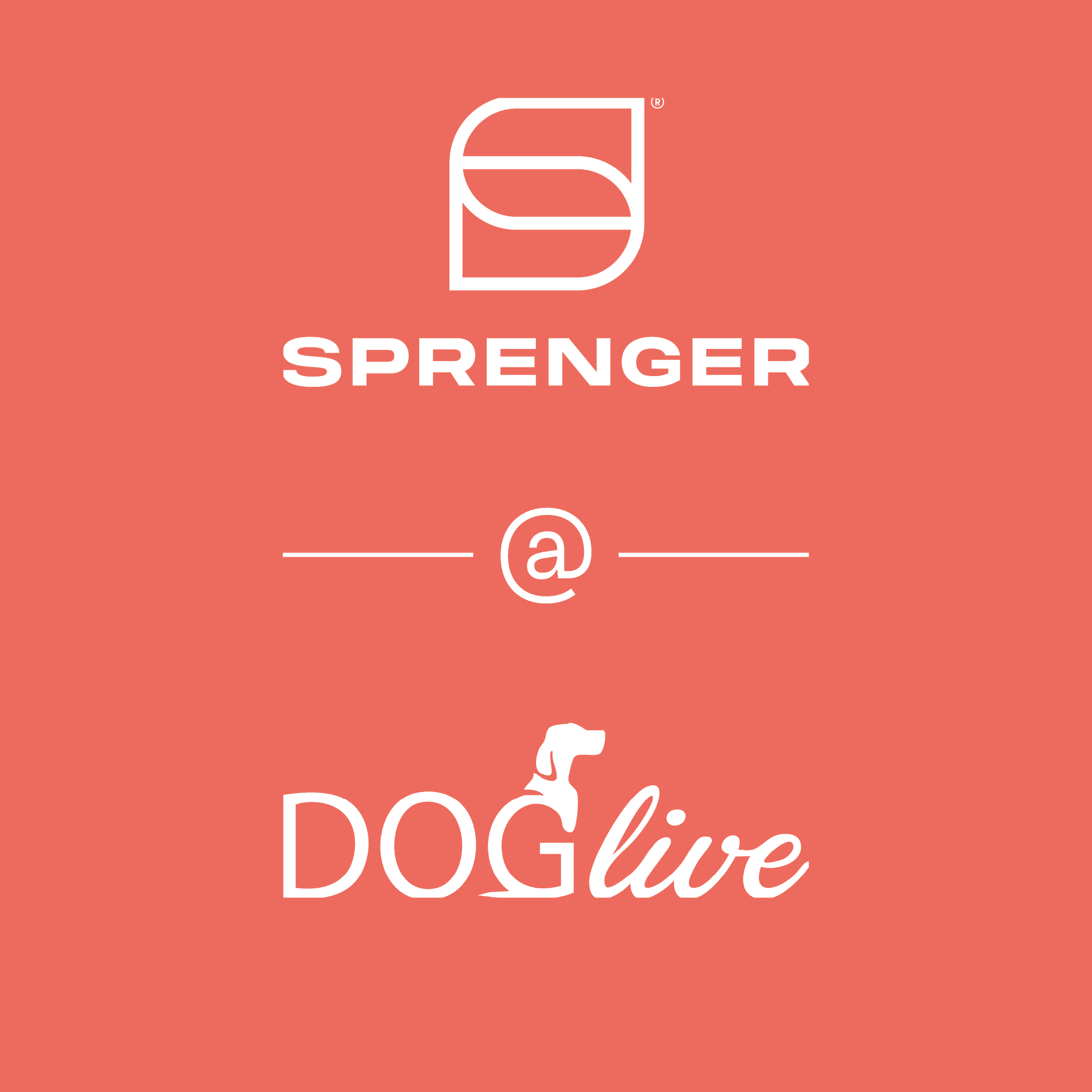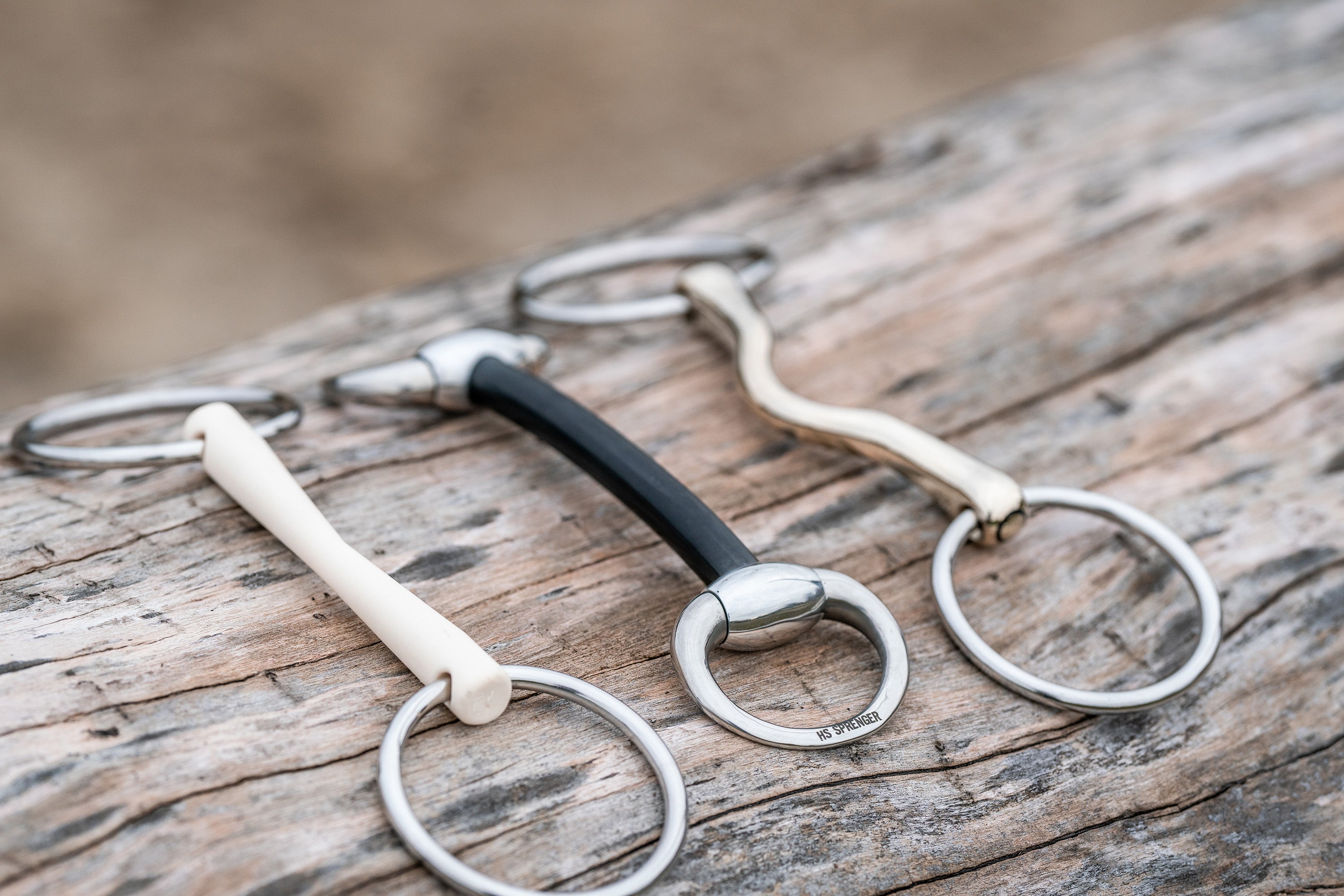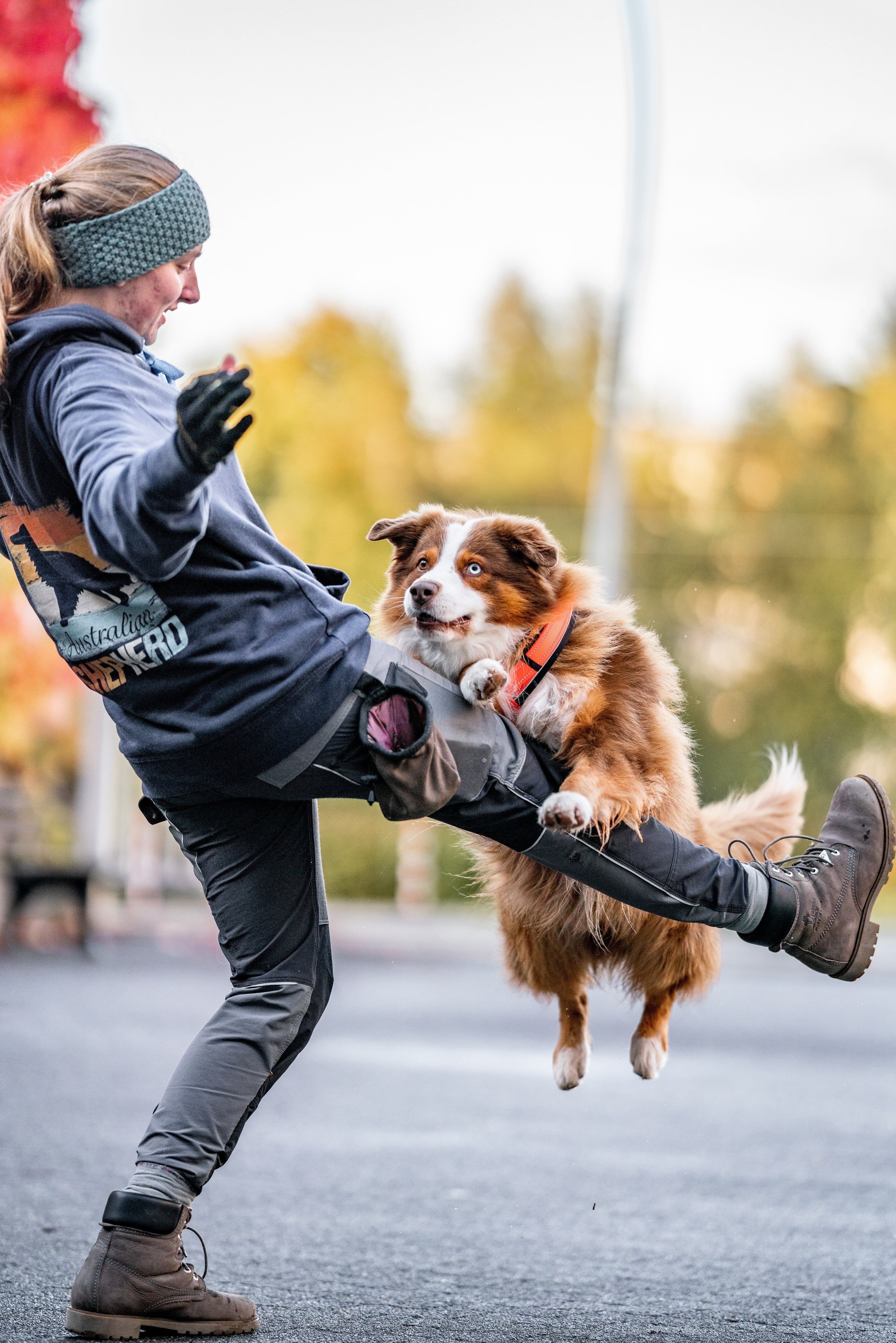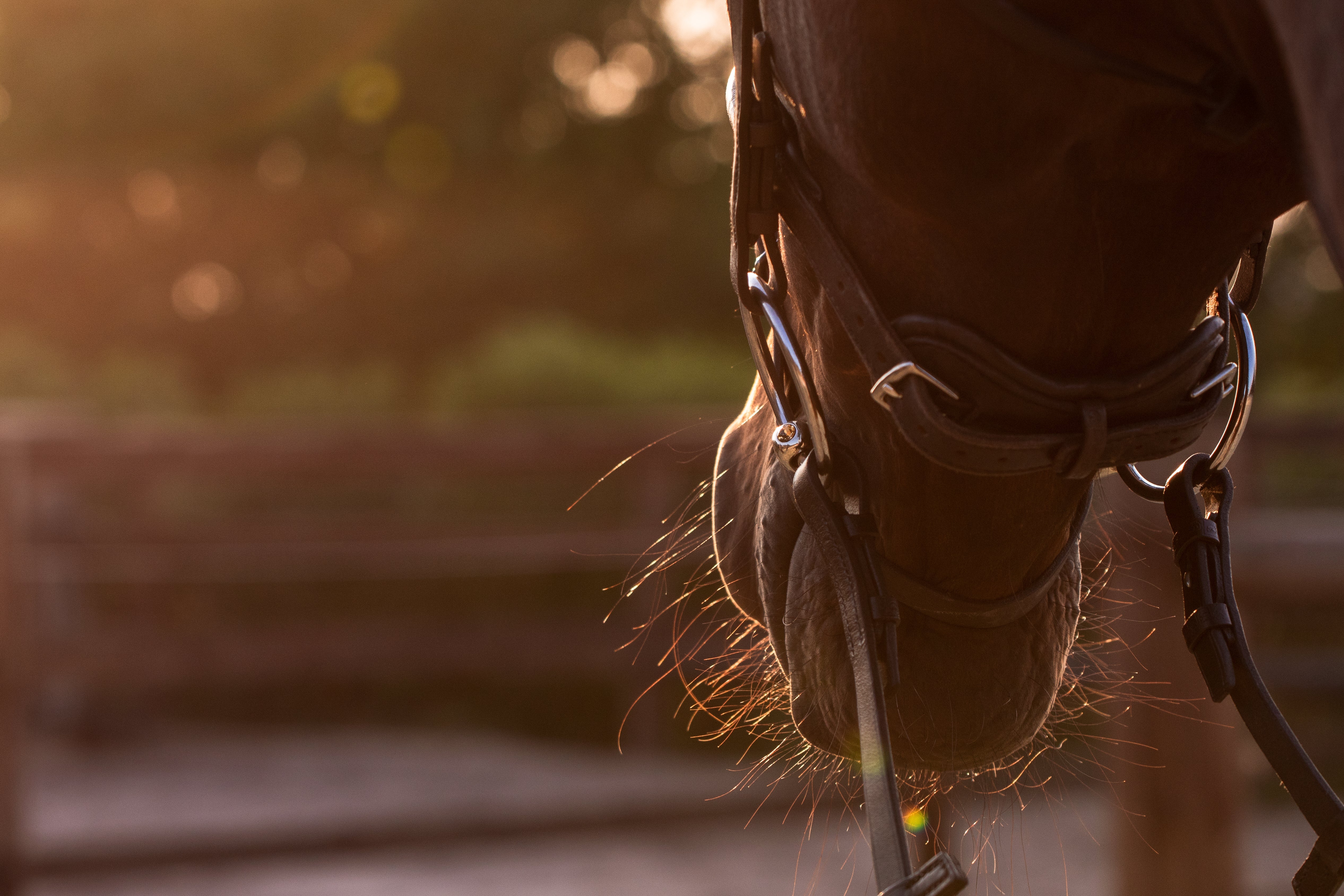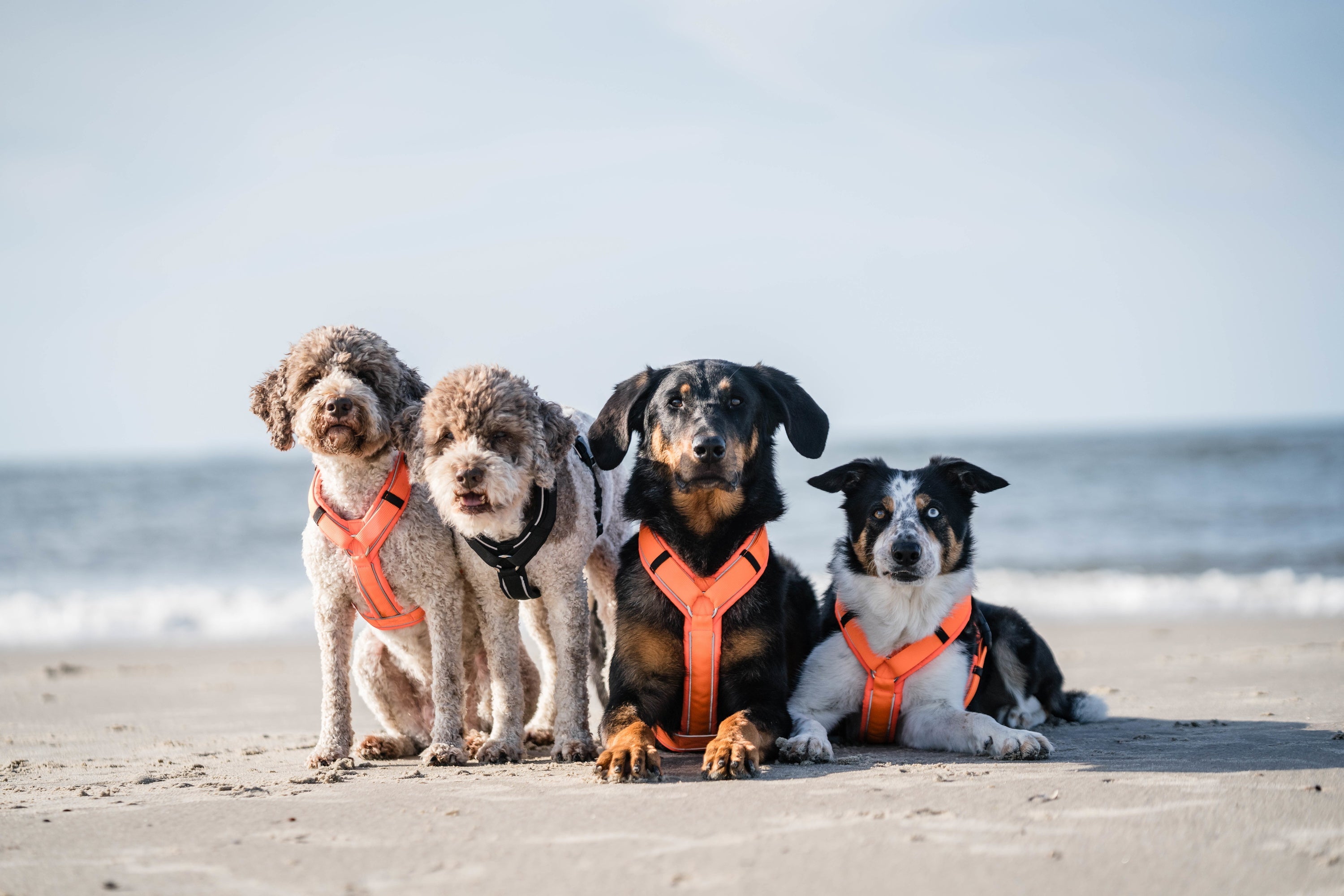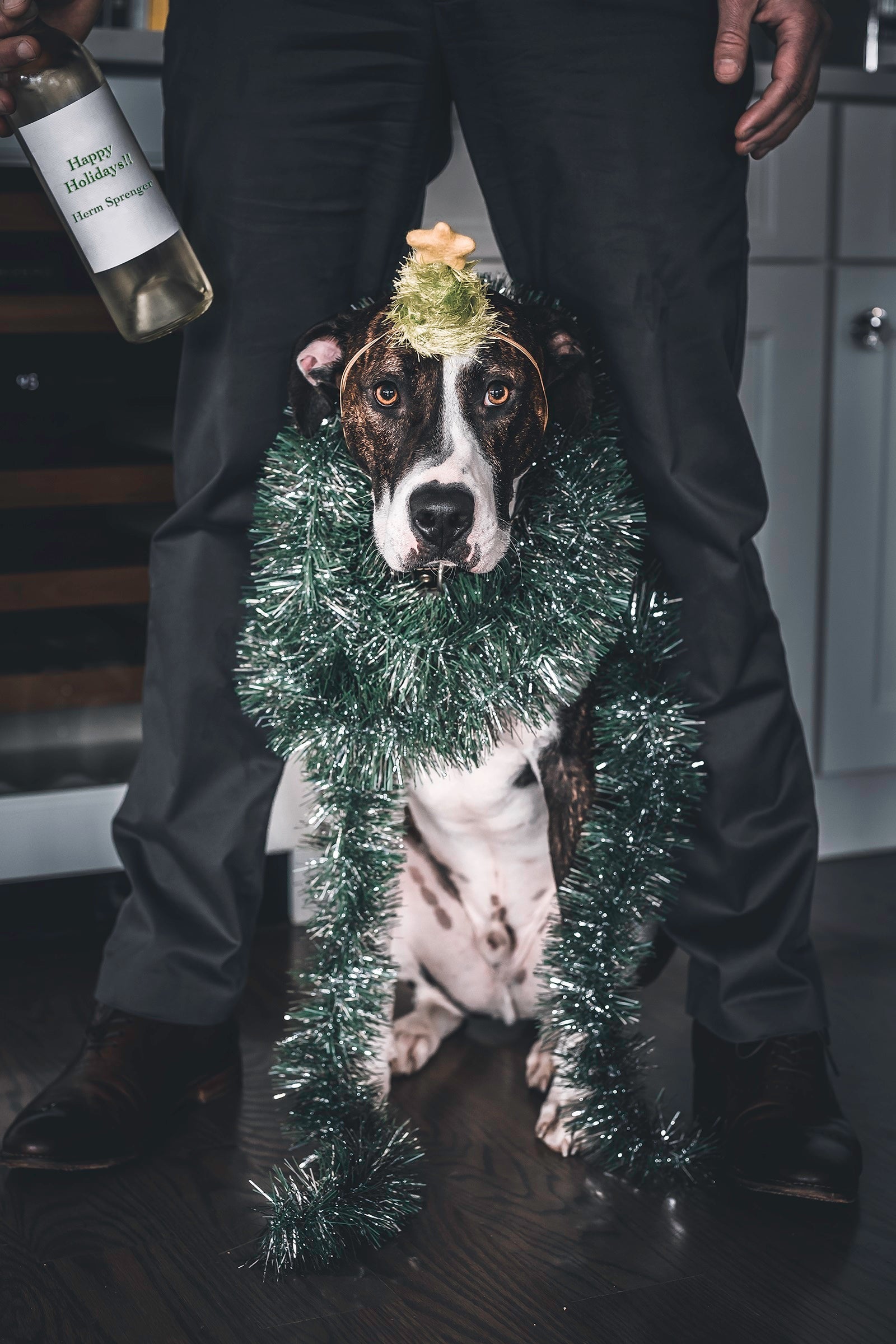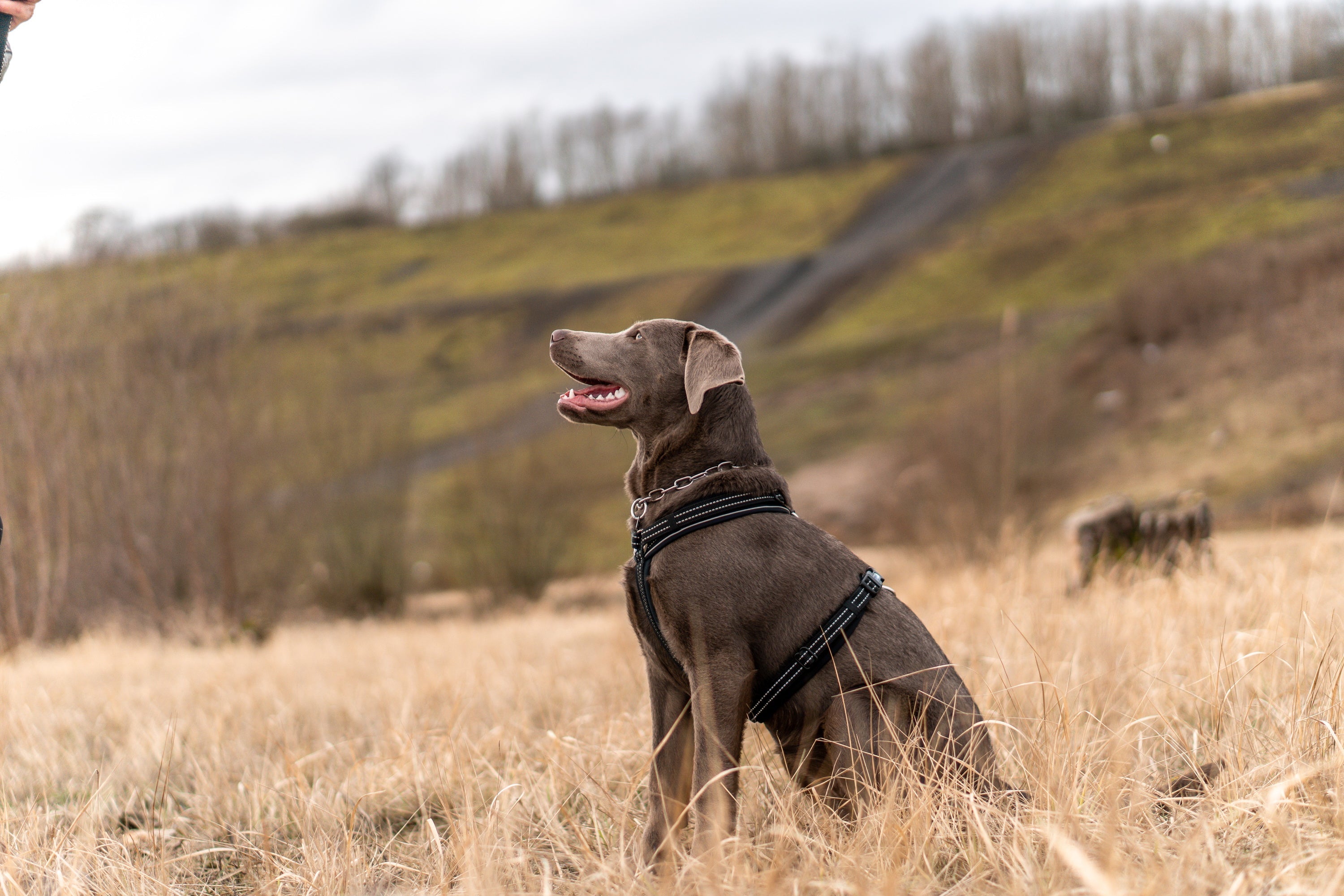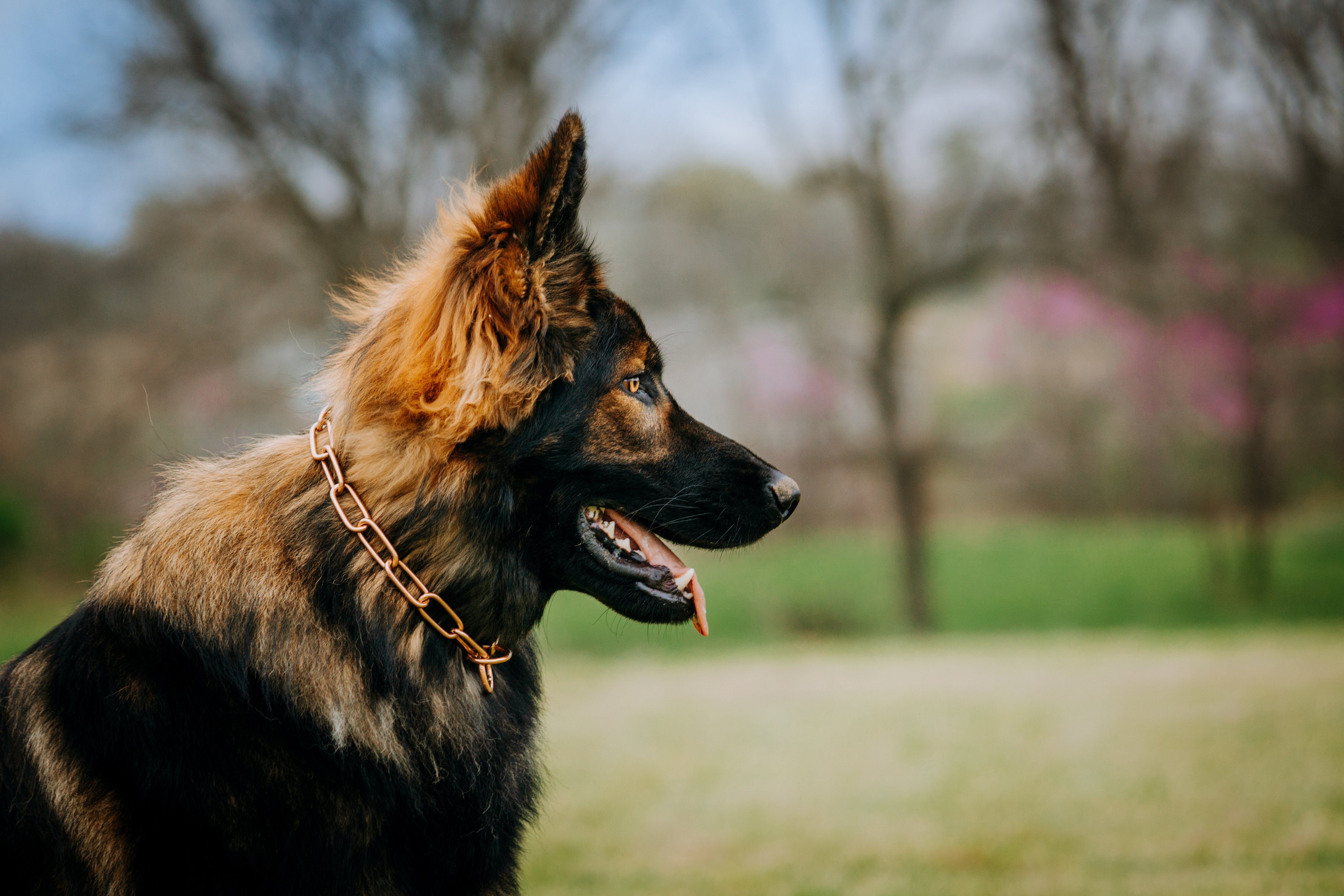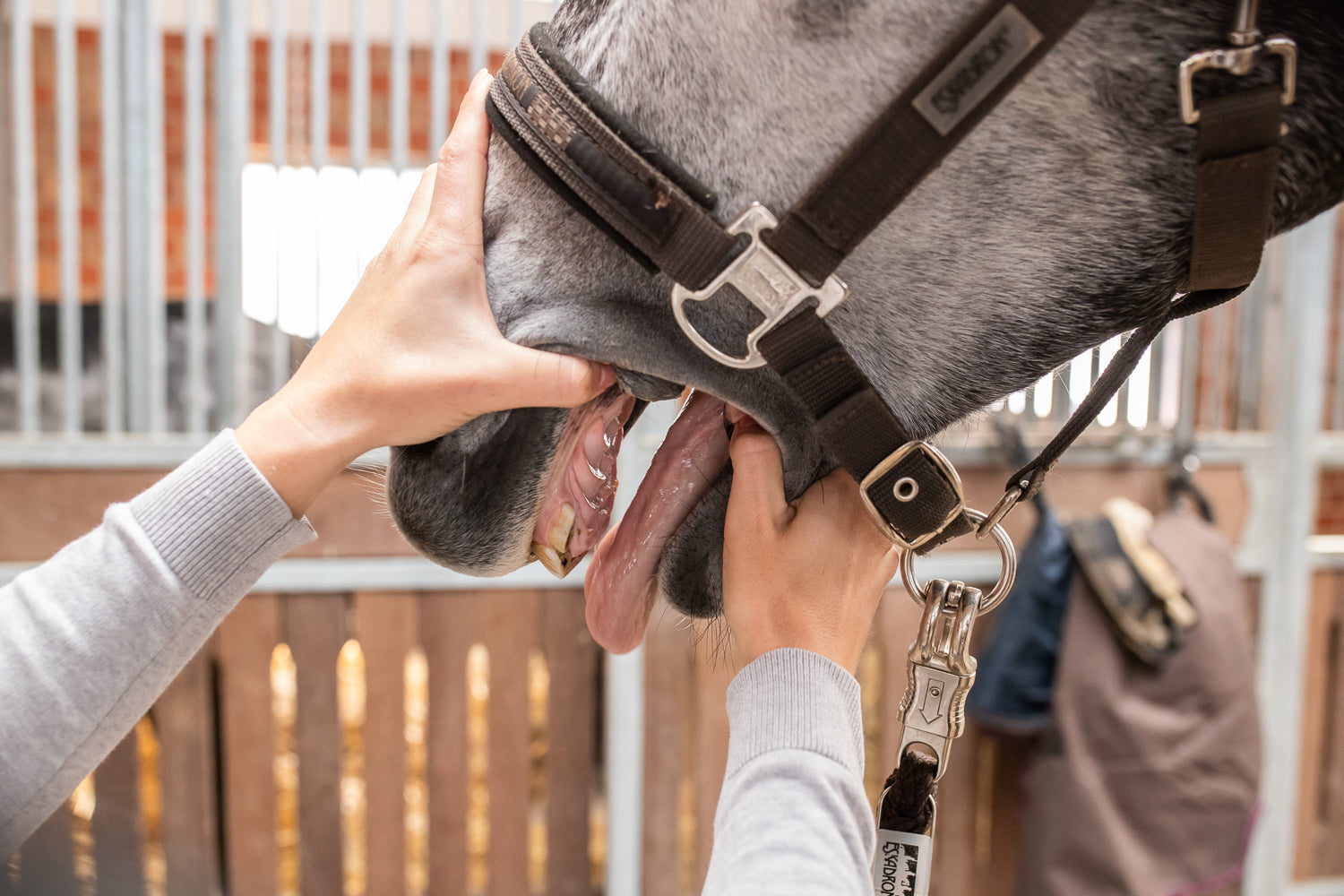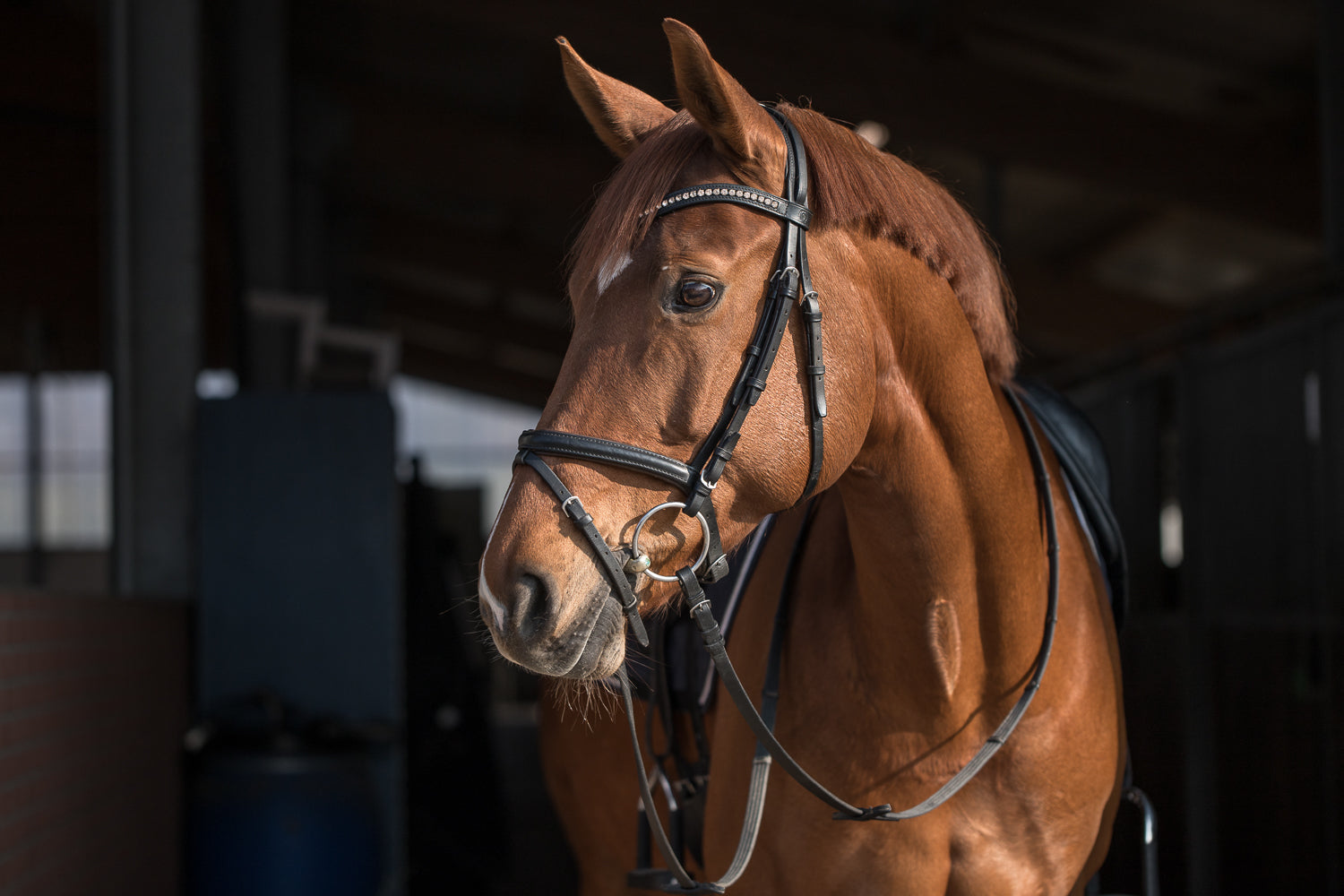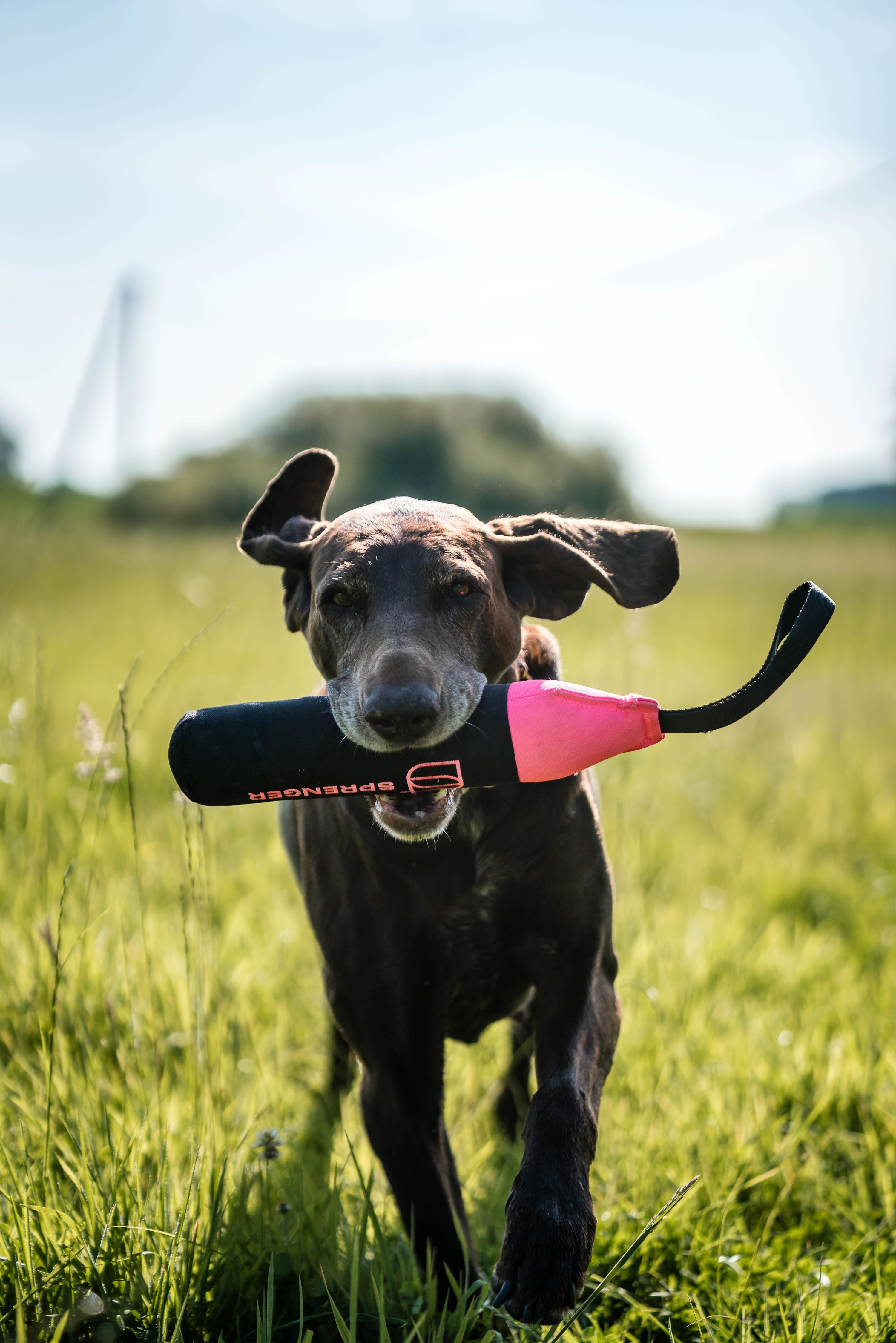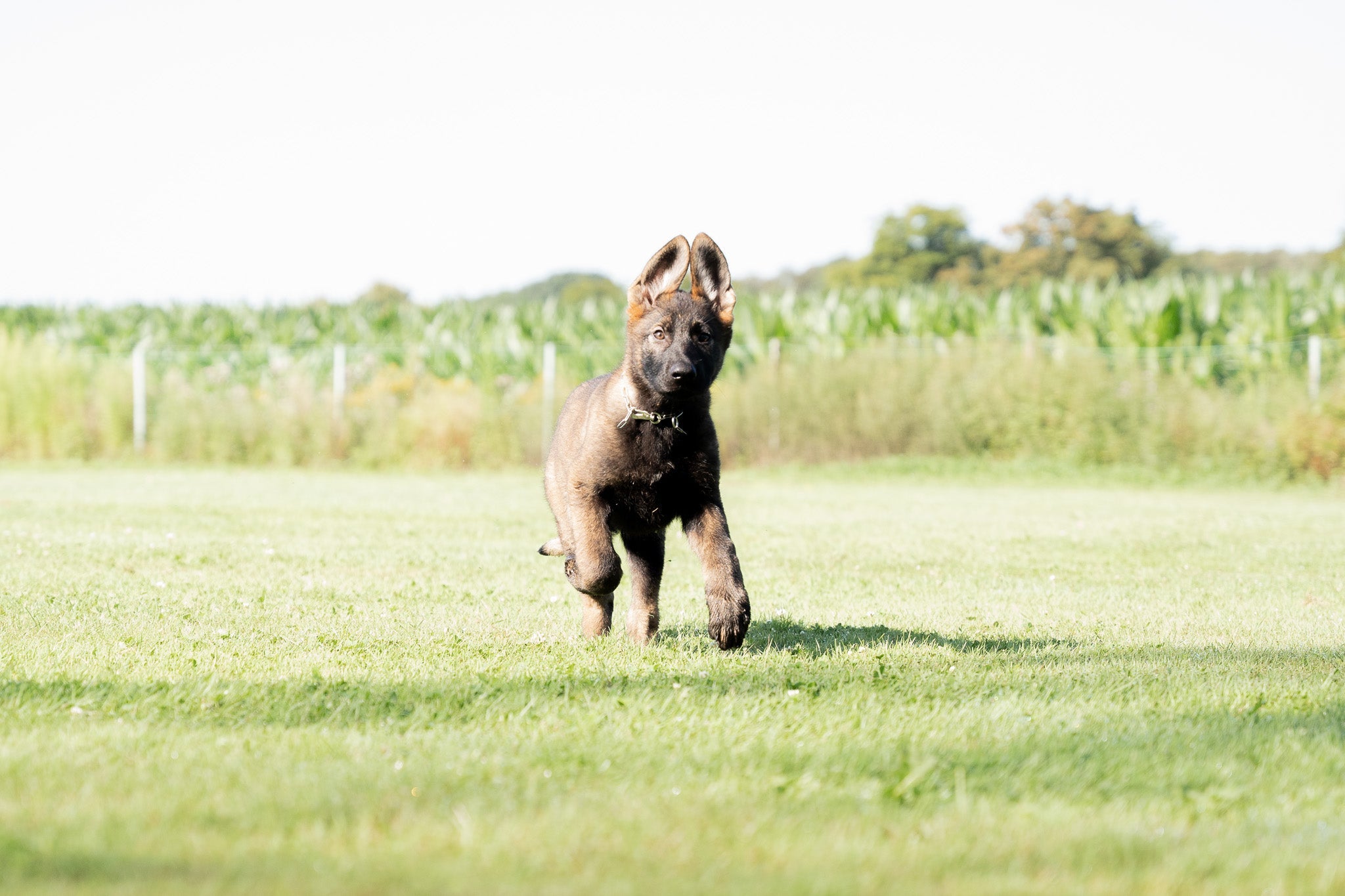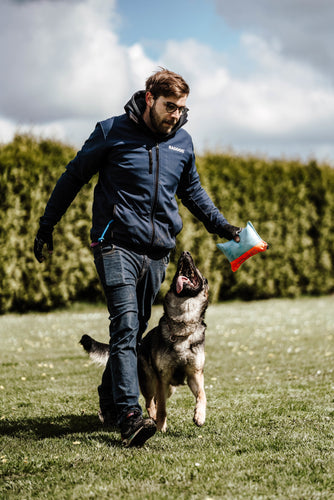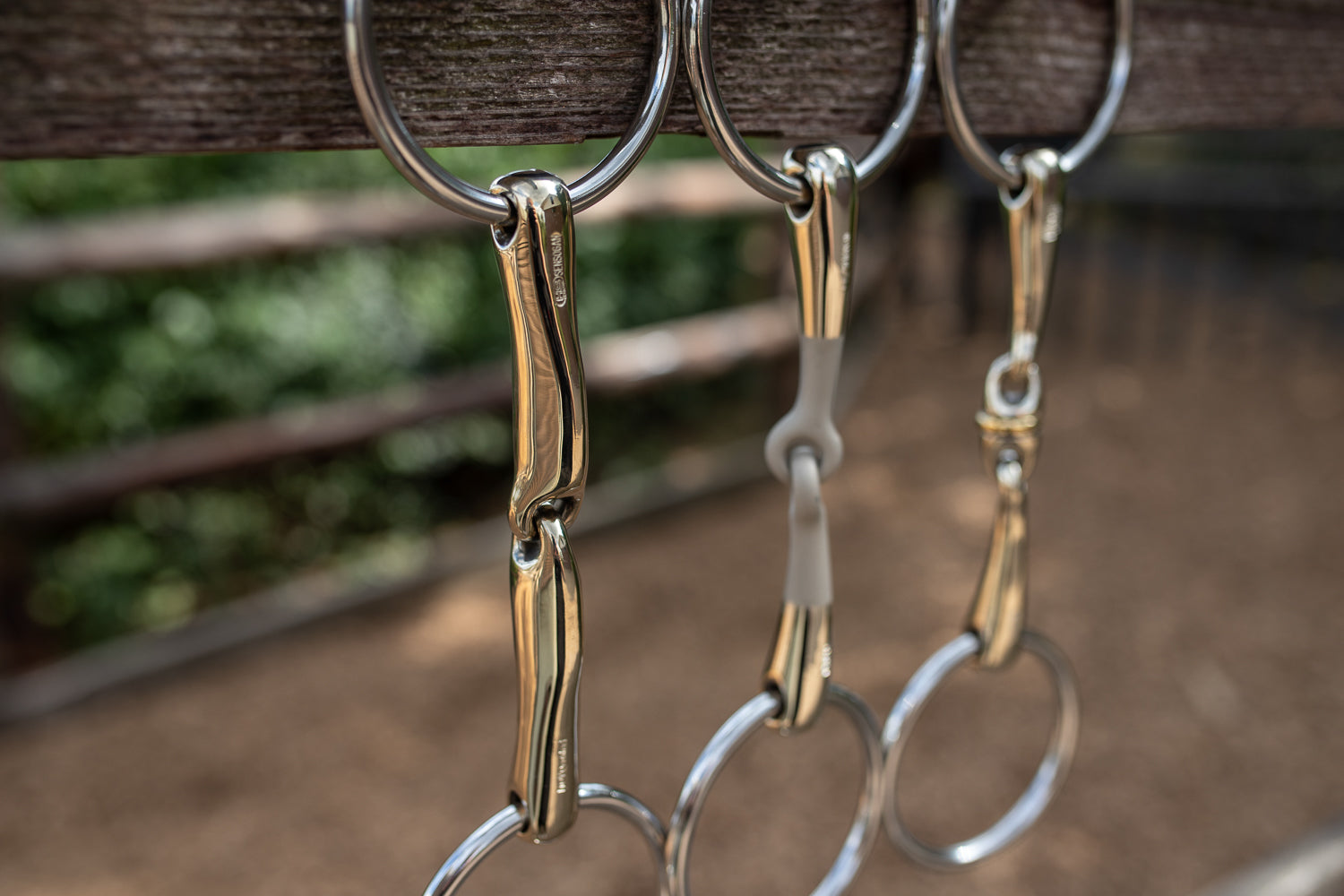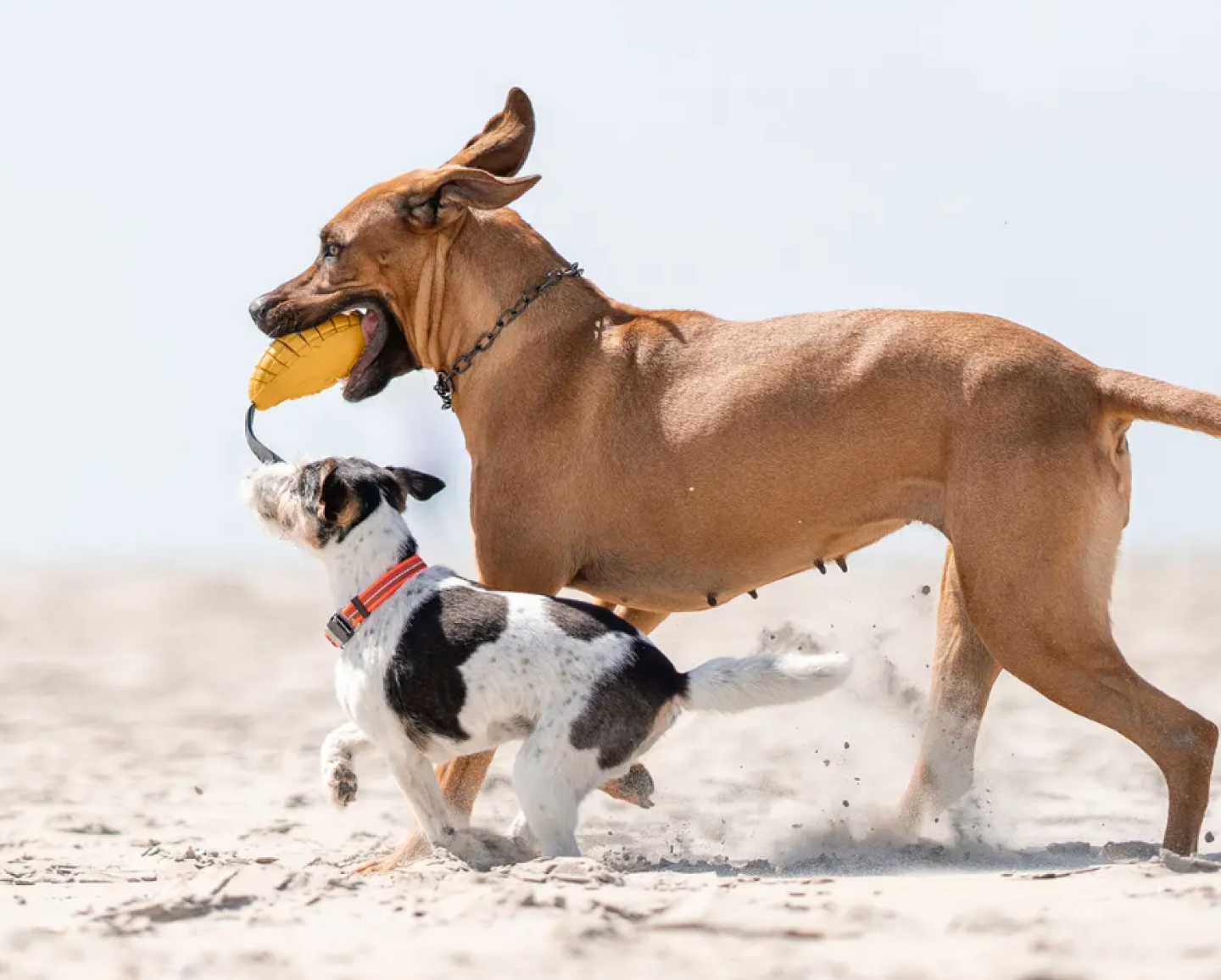
We always emphasize that our chain collars are more durable than other dog collars - and that's true! Nevertheless, there comes a time when your chain collar needs to be replaced.
This blog post will tell you how to know when it's time to replace your dog's chain collar!
Why do I need to replace a chain collar?
There are various reasons why dog owners decide to replace their chain collar with a new one: Interest in a different material, link type or chain model are often among them. But changes in the dog's physique or behavior can also be a reason for replacing the chain collar previously used with another one. From our point of view, however, a completely different point is important: safety.
Like all materials, stainless steel, CUROGAN or steel wear out over time through use. Although this process is much slower than with thin fabric collars, for example, it should not be ignored. Only a chain collar that is in good condition can keep your dog safe in an emergency!
To ensure that you and your dog are always on the safe side, you should check the chain regularly and carefully, especially after intensive use - this means taking a close look at every link.
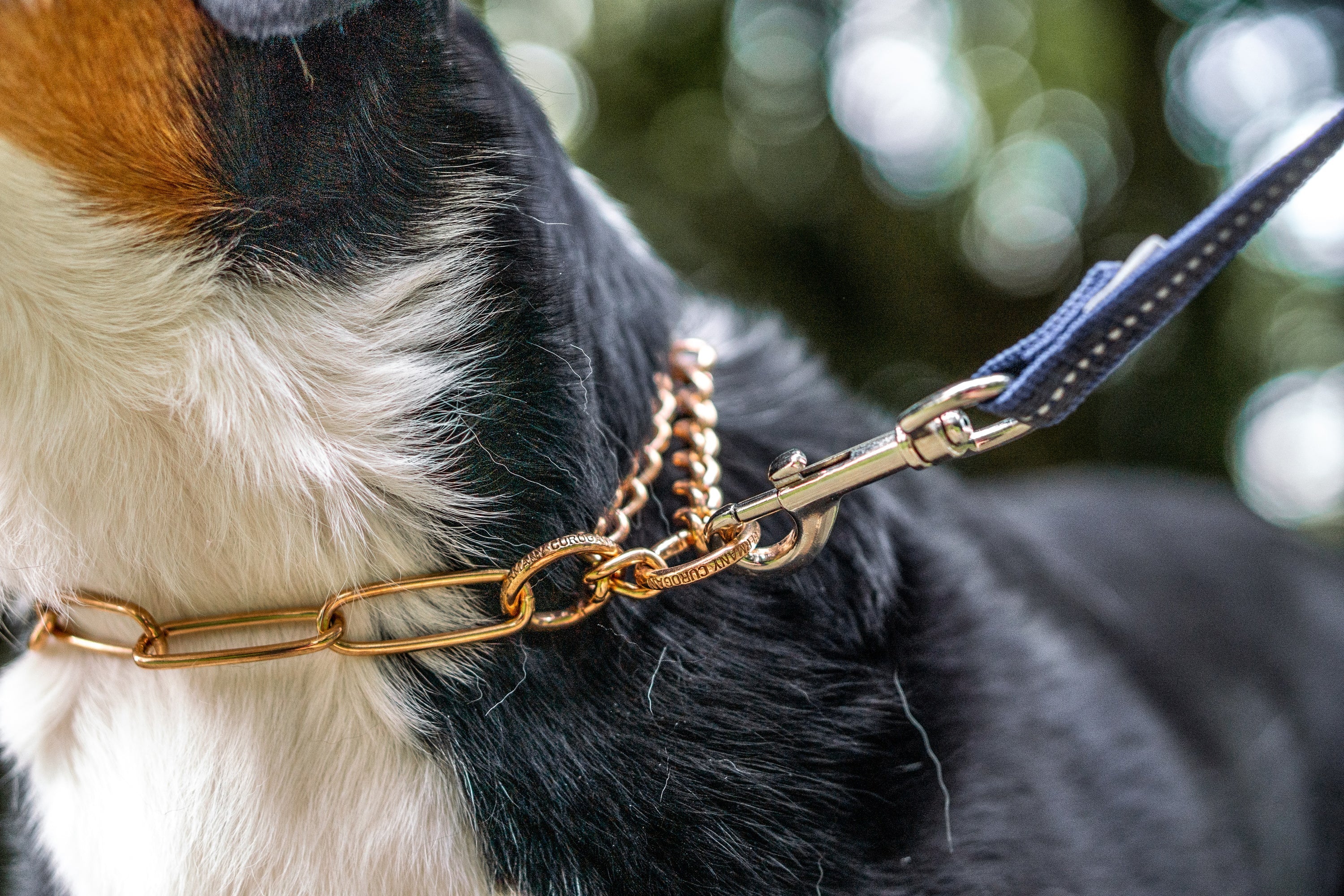
How long does a chain collar last?
We cannot give a general durability for a chain collar. Some use a chain collar for a dog's entire life without any major signs of wear and tear, others for a few years and still others have to replace the chain collar after just one year. The decisive factors for the lifespan of a chain collar are the wear and tear and the material.
If your dog only wears the chain on a daily walk, it will naturally wear out less than if your dog also wears it indoors for 8+ hours a day. Your dog's level of training also helps to influence the durability of the chain collar - if your dog is already walking safely and calmly on the lead, the chain is exposed to less stress, and the same applies to any other collar.
In general, CUROGAN is somewhat softer than stainless steel and steel is not as resistant as stainless steel, which means that chains made of these materials can show signs of wear more quickly and therefore need to be replaced sooner.
When do I need to replace a chain collar?
Of course you should replace your dog's chain collar when it no longer fits. In addition, there are three clear signs that it is time to replace your chain collar: Abrasion in the links of the chain, damage to the chain, bent chain links.
We'll tell you exactly how you can tell whether your chain has any of these signs and what they might look like:
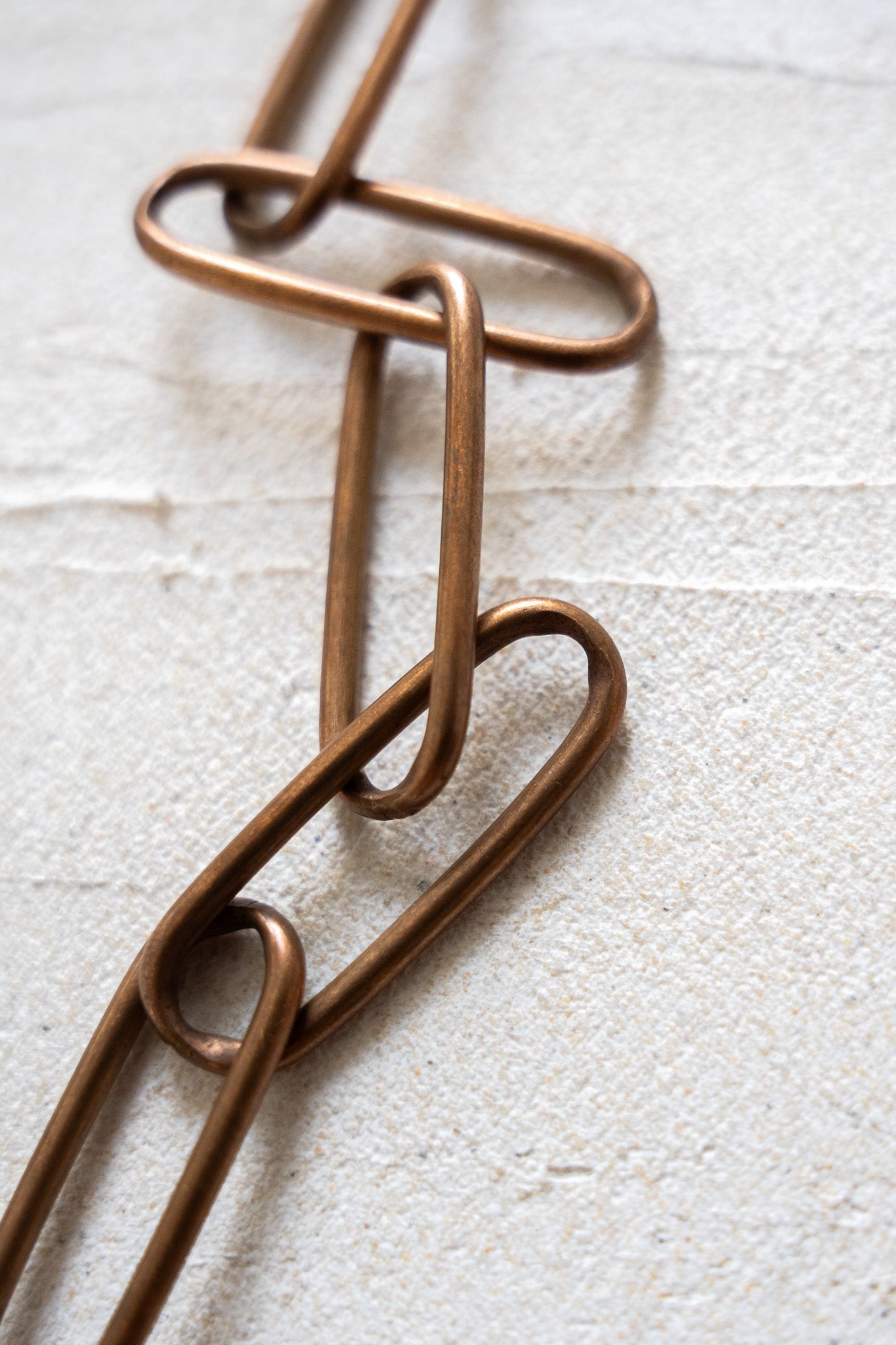
Abrasion in chain collars
Abrasion in chain collars is mainly found in the narrow parts of the links, i.e. where the links meet. The movement of the chain while your dog is wearing it causes the most friction in these areas so this is where material is lost most quickly.
The abrasion points are easy to recognize, as the wire of the links is no longer so evenly round and nicely bent. In more extreme cases, you can see with the naked eye that the material thickness is less than the rest of the link. And that is dangerous! If the wire is too thin, it may no longer be able to hold your dog's weight.
This is the same reason why it is so important to always choose the right wire thickness for your dog. Not sure what wire thickness your dog needs? No problem, our blog post on the right wire gauge for chain collars will help you!

Damage to chain collars
Our chains are everyday companions for many, but also adventure companions. And it can sometimes happen that the chain is damaged due to unusual external influences or simply due to extreme, untypical stress. This can not only have consequences for the durability of the material itself, for example in the case of chrome-plated steel chains, which lose their rust protection, but can also affect the stability of the affected chain links.
So if you find deep nicks or other obvious damage on your chain, it's time to replace the chain collar!
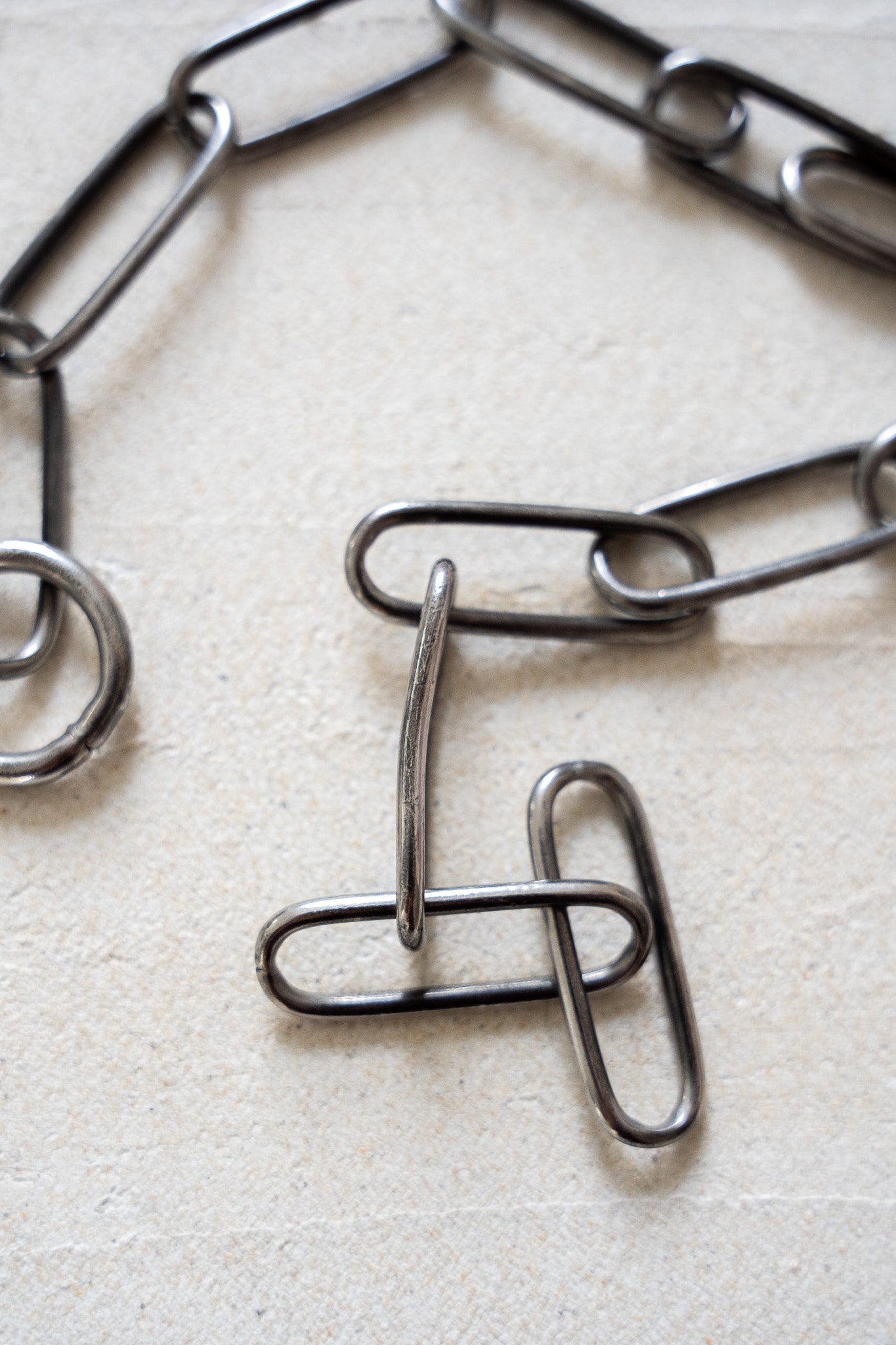
Bent links on chain collars
Another clear sign of the age and wear and tear of your chain collar is the appearance of bent chain links.
If this occurs, especially without an unusually hard workload, either the wire thickness was incorrectly selected or - hopefully after many years of loyal service - the material is already so tired that it is starting to give way.
It is better not to take any risks here, but rather replace your chain collar.
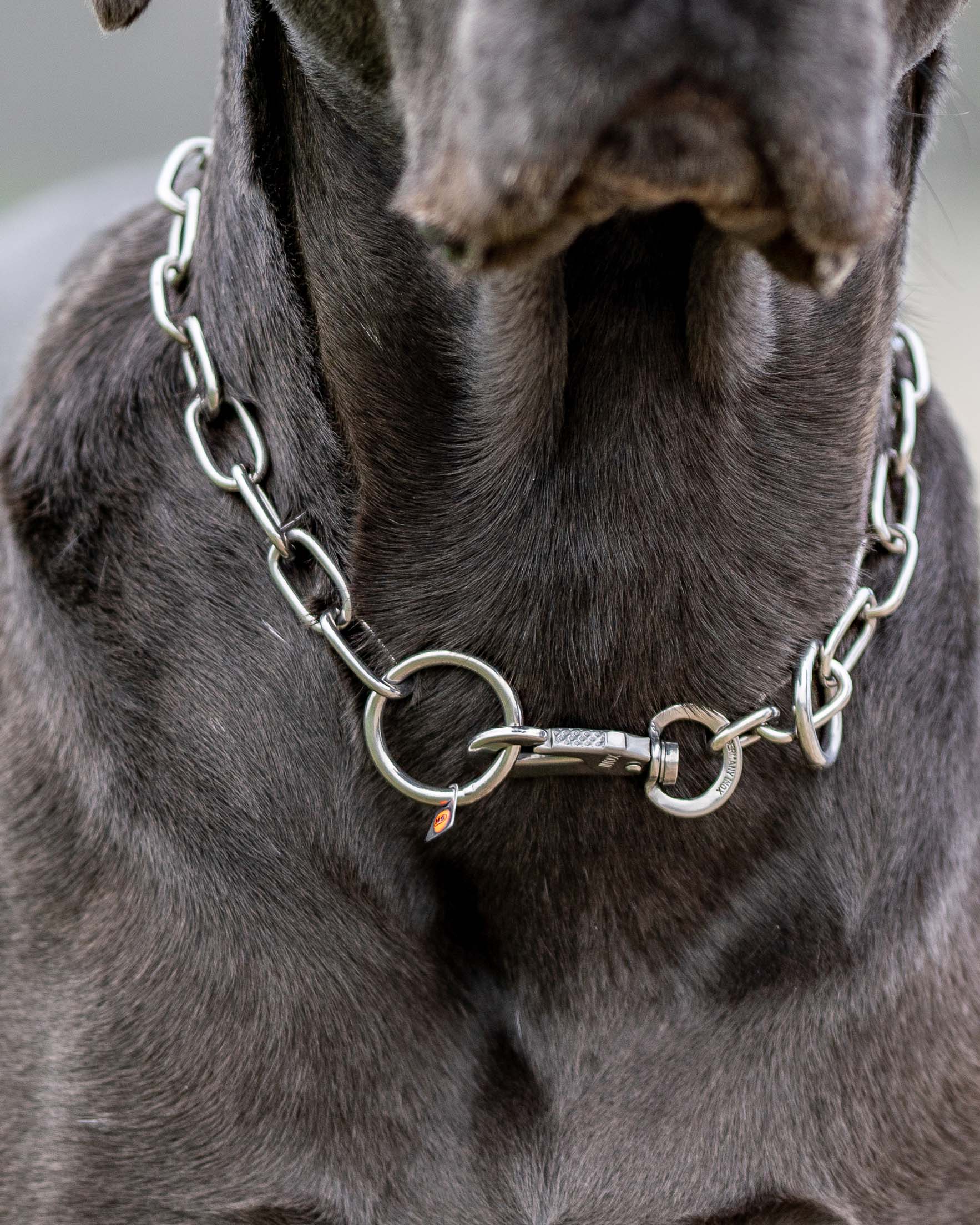
How to extend the life of a chain collar?
In addition to handling the chain responsibly and appropriately and choosing the right wire thickness, one other thing is important for a long service life of your chain collar: proper care.
With the right care, your chain collar will not only retain its great appearance, but you will also reduce the influence of external factors such as abrasive sand, which can lead to accelerated material wear. You also have your chain under regular control and can check its condition immediately.
You can find out more about the correct care of your chain collars and other dog equipment in our blog post on the subject.
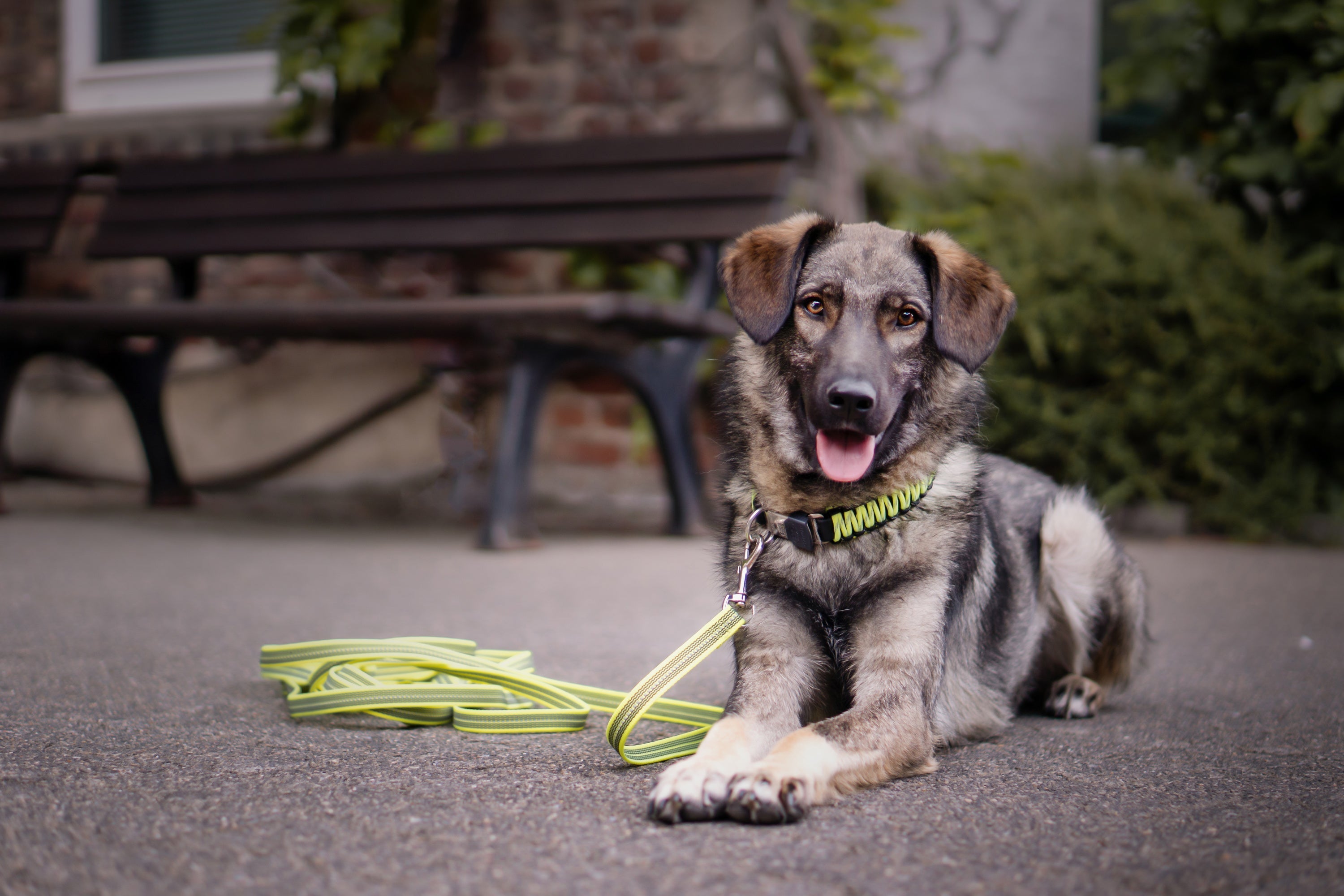
When to replace dog collars, dog leads or dog toys?
Of course, chain collars are not the only pieces of your dog's equipment that you should check regularly and replace if necessary to ensure the safety and comfort of you and your dog.

When should I replace a dog collar?
The signs here depend heavily on the material of the dog collar.
With nylon collars or other fabric collars, you should switch to a new collar as soon as your current one starts to wear out, fray or tear.
With leather collars, brittle, torn or hard material can be a clear indication that it is time for a new collar.
The situation is similar with other materials such as Biothane; here too, you should consider changing the collar at the latest when it is damaged.
Regardless of the collar material itself, it is just as important to check the buckles and other fittings of the collar and to replace the collar immediately in the event of material abrasion, material fragility or other severe signs of wear or malfunctions.

When should I replace a dog leash?
Basically, the same signs apply here as for replacing dog collars. If nylon, fabric, leather or biothane leashes show material weaknesses, noticeable material changes or damage, it is time to replace the leash. If your leash has additional features, such as grip or reflectors, you should also check whether these are still sufficient for you or whether they no longer reliably fulfill their purpose.
As with collars, it is important for the safety of a dog leash that the fittings (especially hooks or carabiners) that are connected to the collar are checked regularly!

When should I replace dog toys?
Many dog toys are pulled apart by dogs faster than you would like.
Important to mention: you should never leave a dog toy alone with your dog, because no dog toy is "unbreakable" if the dog is given enough time to take it apart with its teeth. A toy always stands for joint play between dog and owner!
But even dog toys that are used for fetching or training can show signs of wear and tear over time. These often ONLY affect the appearance - as can be seen in the picture of our play ring! - and make the toy look less appetizing, but still usable.
You should therefore always ask yourself the following questions about toys: Can my dog choke on the toy in its current state, injure itself or cause injuries or accidents if the toy or part of the toy fails or gives way? If the answer is yes, it's time for a new dog toy!
If you have any doubts or questions, we are always happy to help!
PART OF YOUR PASSION.

